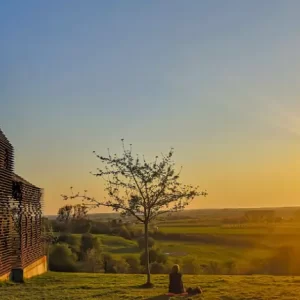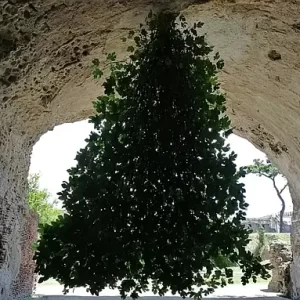On the beautiful Greek island of Crete, the Vouves olive tree stands tall as a witness to the passage of time, regarded as one of the oldest olive trees in the world. According to scientists from the University of Crete, the tree’s age is estimated to range between 2,000 and 4,000 years—a staggering figure that makes it a living symbol of human history and culture.
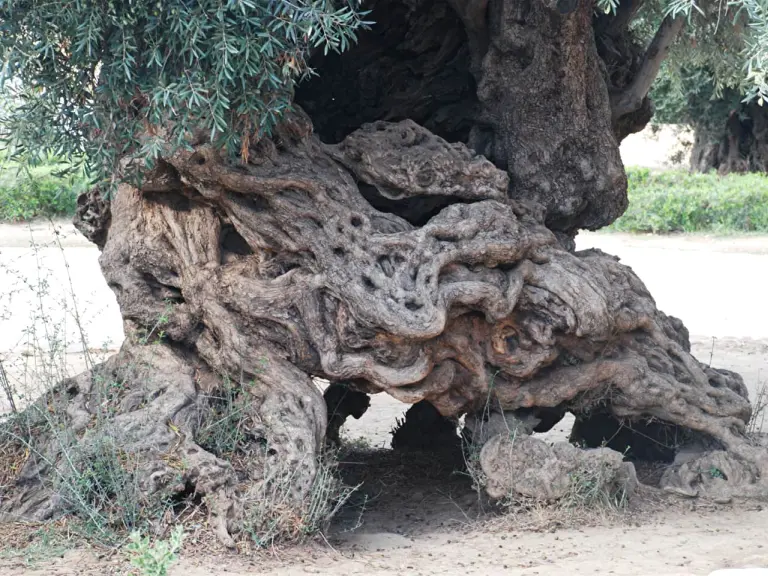
Although no scientific method can precisely determine the tree’s age, its gnarled appearance and hollow trunk, with a circumference of up to 12.5 meters (41 feet), narrate millennia-old stories. The tree’s continual regeneration through new layers of bark has long established it as a symbol of immortality.
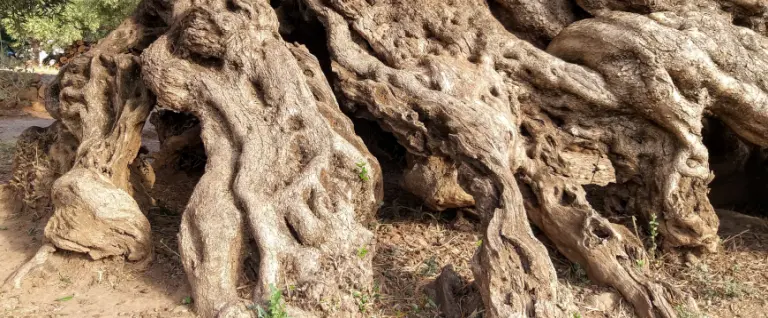
What is even more astonishing is that despite existing for thousands of years, the Vouves olive tree still bears fruit. The olive oil extracted from it is celebrated as one of the finest in the world, further affirming Crete’s status as the cradle of olive cultivation.
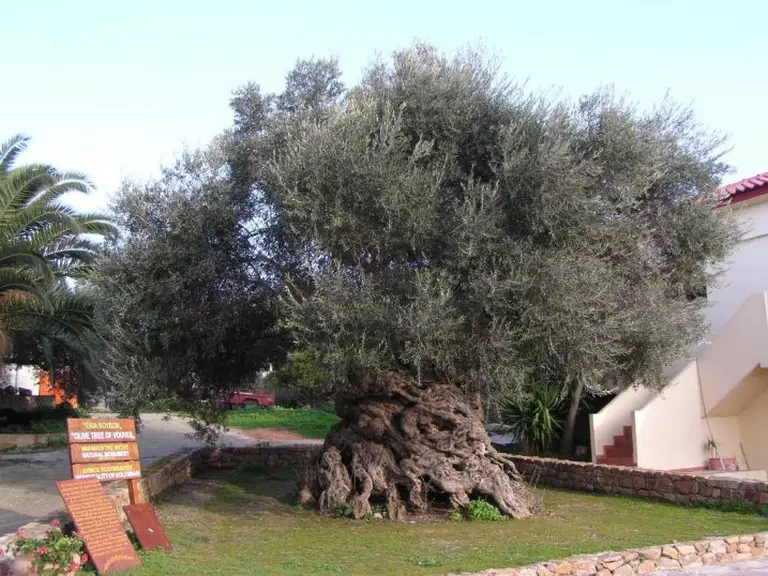
The Vouves olive tree is not only a natural wonder but also a priceless cultural heritage. In October 2009, the Museum of the Vouves Olive Tree was inaugurated near the tree, showcasing traditional tools and reenacting the olive production process through the ages. Notably, branches from the tree were used to create victory wreaths for athletes at the Athens 2004 and Beijing 2008 Olympic Games—an extraordinary connection between a glorious past and a radiant present.
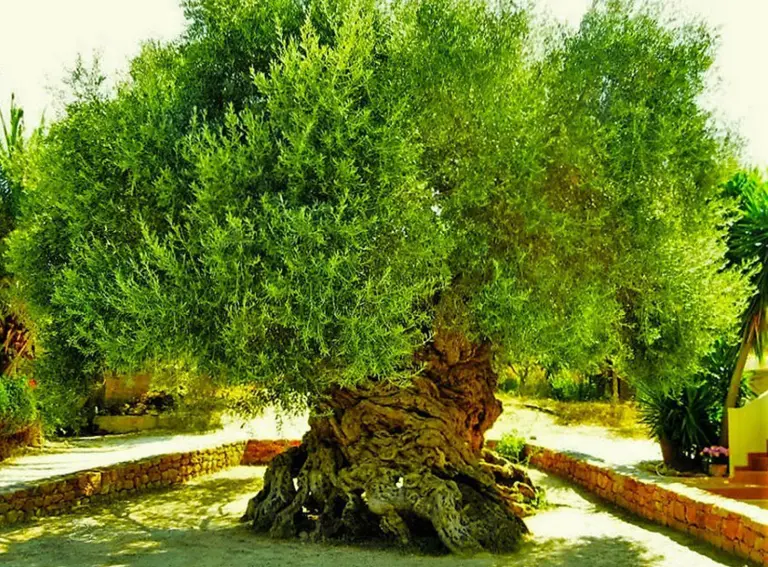
The Vouves olive tree is more than an ancient tree; it is a symbol of vitality, endurance, and the enduring values cherished by humanity. Within each ring of the tree and every olive it produces lies a history preserved over thousands of years.




